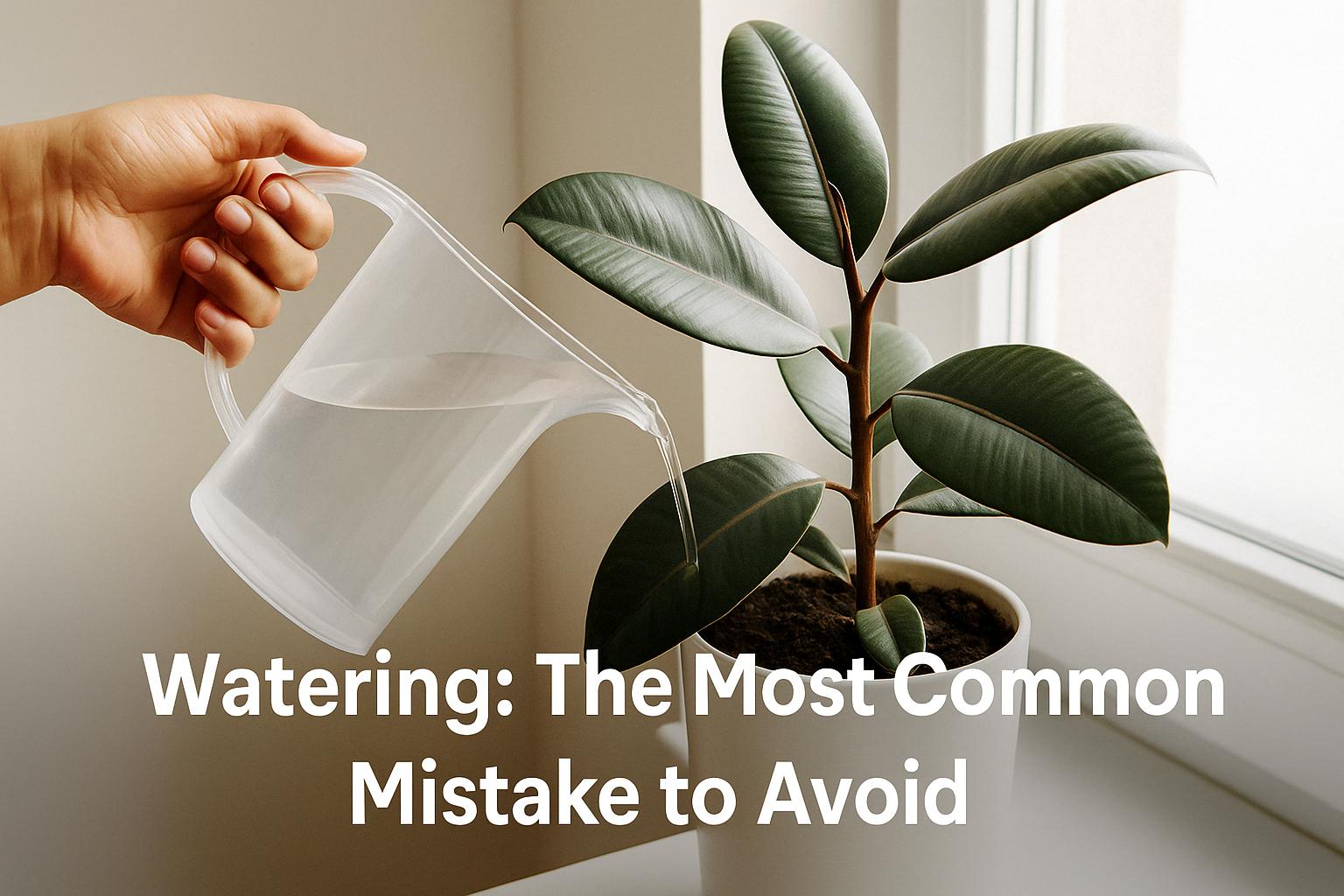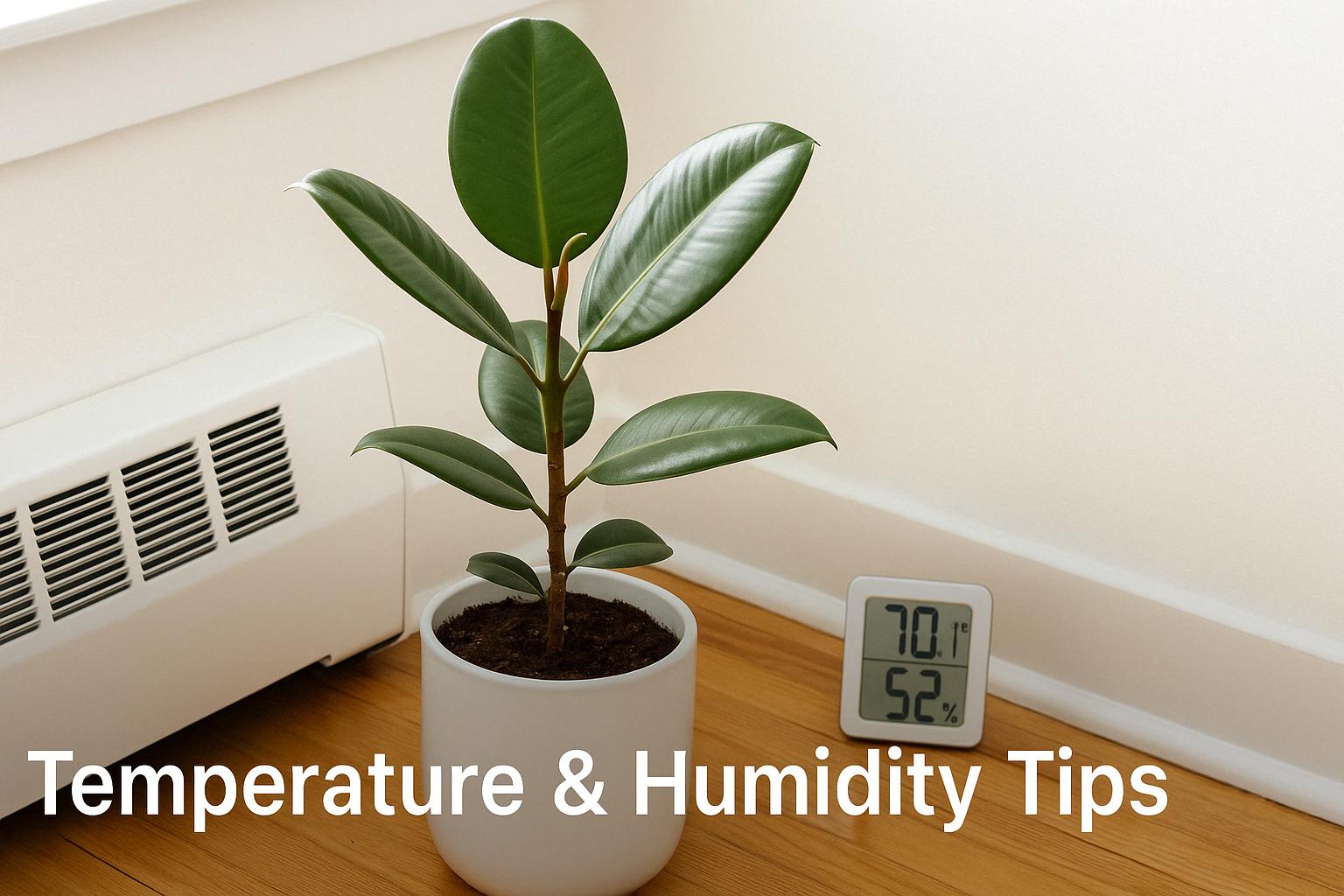
Rubber plants (Ficus elastica) are one of the most popular indoor houseplants in India — and for good reason!
These beautiful, low-maintenance plants purify air, thrive indoors, and add a bold, lush vibe to your living space.
But to get the best out of your rubber plant, you need to understand the right way to grow, water, and position it.
In this guide, we’ll cover everything from sunlight needs to pruning tips — everything you need to know about rubber plant care indoors to help it flourish in your Indian home.
Why Rubber Plants Are a Must-Have for Indian Homes
Here’s why you’ll fall in love with Ficus Elastica:
- Low-maintenance and beginner-approved
- Excellent air-purifier (NASA-approved)
- Looks stunning in Indian interiors
- Fits well in compact apartments or open villas
- Requires very little but gives back a lot
Rubber plants are perfect for:
- Working professionals
- Plant parents with limited time
- Urban dwellers in flats
- Beginners venturing into indoor gardening
Read More Gardening Tips
Wooden vs. Metal Plant Stands: Which One is Better for Your Home
How to Make Vermicompost Successfully at Home With Steps
Meet the Plant: All About Ficus Elastica
Rubber Plants are native to Southeast Asia and belong to the fig family. They’re easy to recognize due to their thick, rubbery, and shiny leaves.
Common Varieties:
- Burgundy Rubber Plant – Deep maroon-green leaves
- Tineke – Striking cream-pink-green variegation
- Robusta – Bold and broad, dark green leaves
👉 Shop Rubber Plant at Urban Plant
Light: The Secret Sauce to Vibrant Growth

Rubber plants love bright, indirect light. Too much sun and they burn, too little and they sulk. Balance is key.
Where to Place It:
- Near east- or north-facing windows
- Bright living room corners with sheer curtains
- NOT in direct harsh afternoon sun
Pro Tip: If your home lacks sunlight, use a Grow Light for Indoor Plants with full-spectrum brightness.
Watering: The Most Common Mistake to Avoid

Overwatering is the #1 killer of indoor rubber plants.
Watering Routine:
- Water only when the top 2 inches of soil feels dry
- Use a moisture meter or do the finger test
- Summer: Water every 5–7 days
- Winter: Once every 10–12 days
Buy Self-Watering Pots from Urban Plant to make life easier!
Feeding the Plant: Fertilizing for Lush Green Growth

Your rubber plant grows faster with the right plant food.
Fertilizer Tips:
- Use a balanced liquid fertilizer every 3–4 weeks (only during March–September)
- Stop fertilizing during winter
- Watch out for yellow or browning tips: it may be overfeeding
Natural Options:
- Banana peel water
- Vermicompost tea
- Cow dung diluted mix
Temperature & Humidity Tips for Indian Apartments

Ideal Range:
- Temperature: 18–29°C
- Humidity: 40–60%
- Try Indoor Plant Misters to raise humidity naturally.
What to Avoid:
- Air conditioner vents blowing directly on the plant
- Cold drafts near windows
- Heaters or warm, dry air
Pruning & Repotting: Keep It in Shape

Pruning = healthier growth & bushier appearance.
Pruning Steps:
- Use sterilized garden scissors
- Cut just above a leaf node
- Best time: spring or early summer
Shop Gardening Tools & Accessories
Repotting:
- Every 2 years or when roots peek out of the drainage hole
- Use well-draining soil (cocopeat + compost + perlite)
Common Problems & Solutions
1. Yellow Leaves?
- Cause: Overwatering, poor drainage
- Solution: Repot in a breathable pot like terracotta
2. Drooping Leaves?
- Cause: Either underwatering or waterlogged roots
- Solution: Check soil moisture, adjust schedule
3. Brown Leaf Tips?
- Cause: Low humidity or over-fertilization
- Solution: Mist the plant, reduce salts with a flush
4. White Cottony Stuff on Leaves?
- Cause: Mealybugs
- Solution: Wipe with neem oil spray
How to Propagate a Rubber Plant (and Multiply Your Jungle!)
Want more plants for free? Propagation is fun and rewarding.
Propagation Steps:
- Cut a healthy stem with 2 leaves
- Dip in rooting hormone (optional)
- Plant in moist potting mix or place in water
- Keep in warm, bright space
Rooting time: 3–6 weeks. Transfer to a pot once roots grow 2–3 inches.
Best Spots to Style Your Rubber Plant Indoors
Think of your rubber plant as a living decor item:
- In the corners of living rooms for a green lift
- On either side of a hallway console
- Beside a bookshelf or a home office desk
- In bathrooms with natural light
Indian Climate Tips: What You Should Know
- Monsoon: Watch drainage & reduce watering
- Summer: Avoid placing near south-facing windows
- Winter: Keep away from cold glass surfaces
- Use Clay Pots or Ceramic Planters for better root aeration
Monthly Rubber Plant Care Calendar
March–May (Spring):
- Start fertilizing
- Prune and repot
June–August (Summer):
- Increase humidity
- Water more frequently
September–October (Monsoon):
- Drain pots well
- Clean leaves weekly
November–February (Winter):
- Water less
- Stop fertilizing
Must-Know Insights for Growing Rubber Plants Indoors
Is Rubber Plant Good for Indoors?
Yes! Rubber plants thrive in bright, indirect sunlight and adapt well to indoor environments.
They also improve air quality and are believed to bring prosperity according to Vastu.
Rubber Plant Light Requirements
Keep your rubber plant in a spot with bright, indirect sunlight.
Avoid harsh direct light, which can scorch the leaves.
If leaves are dull or drooping, try moving it closer to a window with filtered light.
Ideal Temperature and Humidity for Rubber Plant
Rubber plants prefer warm temperatures between 18–30°C and moderate to high humidity.
In dry seasons, misting the leaves or using a pebble tray helps maintain moisture.
How Often to Water Rubber Plant Indoors
Let the top 1–2 inches of soil dry before watering.
In summer, watering once a week works well, while in winter you may need to water less frequently. Overwatering is a major cause of root rot.
How to Grow Rubber Plant from Cuttings
- Use a healthy stem with 2–3 leaves.
- Dip in rooting hormone and plant in moist soil.
- Keep in indirect light.
- New roots should form within 3–5 weeks.
FAQs – Clear Your Doubts
Why are my rubber plant’s leaves dropping?
Water issue—too much or too little. Adjust the schedule and check the drainage.
Is Ficus Elastica toxic to pets?
Yes. Keep away from cats and dogs.
Can I grow it in a dark room?
It’ll survive, not thrive. Use a grow light instead.
Can I use tap water?
Yes, but let it sit overnight to release chlorine.
How do I clean the leaves?
Wipe with a soft cloth or mild neem spray once a week.
Learn more from the Indian Horticulture Board – a great source of plant education in India.
Is rubber plant good for indoor air?
Yes, rubber plants help purify indoor air by removing toxins and improving oxygen levels.
Where should I keep my rubber plant at home?
Keep it near an east or south-facing window with bright, indirect light.
How do I make my rubber plant grow faster?
Ensure proper sunlight, use a well-draining pot, feed with balanced fertilizer monthly, and avoid overwatering.
Why are my rubber plant leaves falling?
Causes include overwatering, low light, sudden temperature changes, or pests. Adjust care accordingly.
Final Words: You Got This!
Caring for a rubber plant is easier than it sounds. All you need is the right environment, a little patience, and consistency.
This beautiful plant not only adds life to your space but also brings a sense of calm and joy.
Whenever in doubt, remember: observe your plant, and it’ll tell you what it needs.





